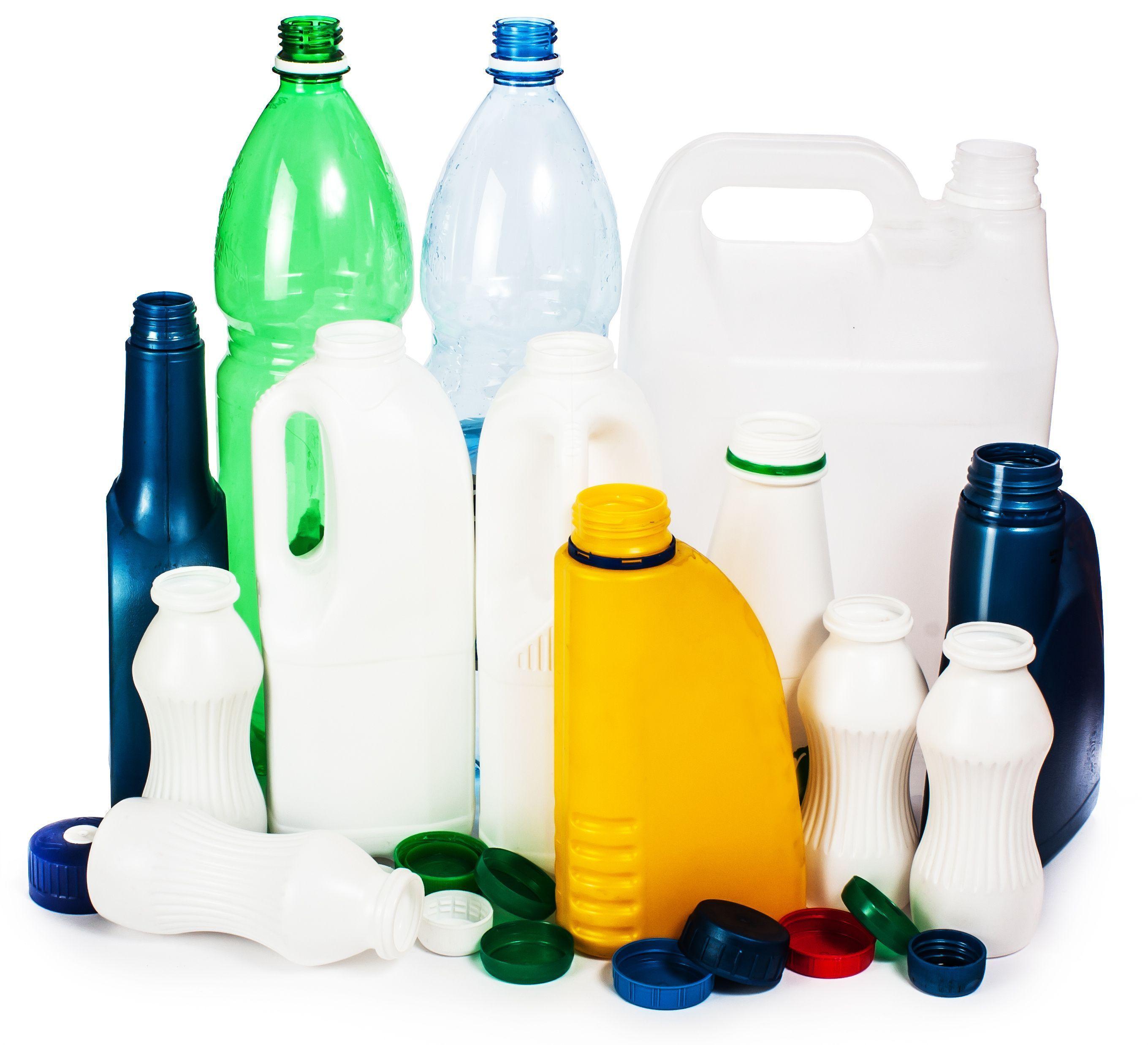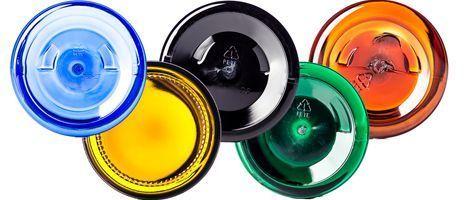HDPE vs. PET: Which Plastic Bottle Is Right for You?


Plastic bottles. They’re everywhere—on store shelves, in our refrigerators, and unfortunately, sometimes in our oceans. They’re essential, yet they’re controversial. Businesses and consumers alike have strong opinions about plastic packaging, and many of those opinions are based on myths rather than facts.
At Container & Packaging, we believe in making informed decisions. HDPE (high-density polyethylene) and PET (polyethylene terephthalate) are two of the most common plastic bottle materials, but how do they compare? Understanding their differences can help you make the best choice for your product and sustainability goals.
HDPE: The Durable Choice
HDPE is known for its durability, chemical resistance, and versatility. This type of plastic is commonly used in:
- Milk jugs
- Shampoo bottles
- Detergent containers
- Industrial chemical packaging
Advantages of HDPE:
- Tough and Impact-Resistant: Ideal for products that require durability.
- Chemical Resistant: Holds up well against acids, alcohols, and cleaning agents.
- Opaque or Translucent: Provides some protection against light-sensitive contents.
- Recyclable: Can be reprocessed into pipes, plastic lumber, and other durable goods.
Disadvantages of HDPE:
- Less Clarity: Not ideal for showcasing colorful or transparent liquids.
- Slightly Heavier than PET: May contribute to higher shipping costs.
PET: The Lightweight and Clear Option
PET is widely used for beverage bottles, food containers, and personal care products due to its lightweight and clarity. You’ll often find PET used in:
- Water and soda bottles
- Salad dressing containers
- Peanut butter jars
- Hand sanitizer bottles
Advantages of PET:
- Crystal Clear Transparency: Perfect for displaying vibrant liquids and branding.
- Lightweight: Reduces shipping costs and carbon footprint.
- Highly Recyclable: One of the most widely recycled plastics worldwide.
- Shatter-Resistant: Safer alternative to glass packaging.
Disadvantages of PET:
- Less Chemical Resistance: Can degrade when exposed to harsh solvents.
- Less Rigid than HDPE: May not be suitable for heavy-duty or industrial applications.
Which Plastic Bottle Is Right for You?
The decision between HDPE and PET largely depends on your product type, branding needs, and sustainability goals.
Choose HDPE If:
- You need a strong, impact-resistant container.
- Your product is light-sensitive and requires an opaque bottle.
- You’re packaging chemicals, detergents, or industrial liquids.
Choose PET If:
- Your product benefits from clear, transparent packaging.
- You need a lightweight solution for easy transport.
- You’re in the food, beverage, or personal care industry.
Conclusion
Both HDPE and PET have their advantages, and choosing the right one comes down to understanding your product’s needs. With the right packaging, you can enhance product safety, sustainability, and consumer appeal.
At Container & Packaging, we help businesses navigate these decisions with data-driven insights and eco-conscious packaging solutions. Want to explore the best plastic options for your business? Check out our wide range of HDPE and PET bottles today!




